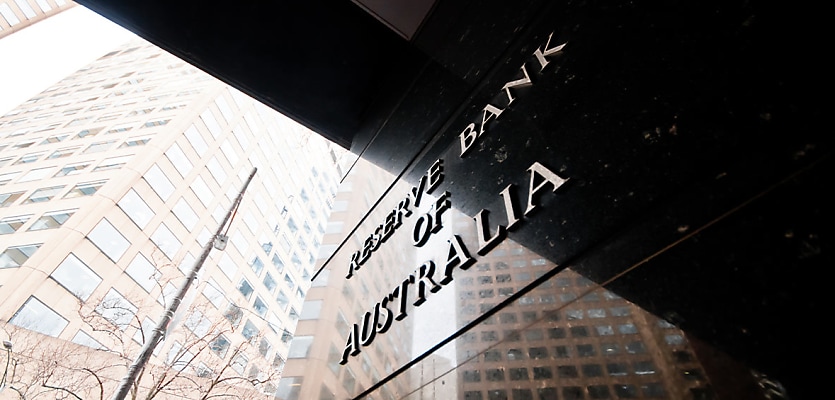A February interest rate cut is still on the table despite a lack of guidance on the outlook for the cash rate for the beginning of 2025.
Following the Reserve Bank of Australia (RBA) holding the cash rate at 4.35 per cent for the eighth consecutive meeting, bank economists continue to price in the beginning of the easing cycle to begin in February 2025.
As has been the case for some time now, the RBA’s and governor Michele Bullock’s reasoning given for the extended pause was that underlying and trimmed mean inflation still remains too high for the board to be confident enough to begin lowering interest rates.
Adam Boyton, ANZ’s head of Australian economics, stated the RBA had “retained a mild hawkish tone” in the post-meeting statement; however, noted that the accompanying Statement on Monetary Policy (SMP) has lowered the trimmed mean inflation, GDP growth and wage price index forecasts while increasing the unemployment rate estimates.
“While most of these are small changes, the forecasts do appear to have evolved in a more neutral direction than the rhetoric.
“ANZ Research’s views remain unchanged by today’s decision, post-meeting statement and SMP. We expect the first cut will begin February 2025, with the cash rate to end that year at 3.60 per cent, marking the low for the cycle.
“At the risk of stating the obvious, [yesterday’s] RBA decision and communication is not the major event risk for markets or the broader global economic outlook this week,” Boyton said.
Head of Australian economics at the Commonwealth Bank of Australia (CBA), Gareth Aird said their base case is still for the RBA to be on hold until the February 2025 board meeting, however, the “risk clearly sits with a later start date for the first interest rate decrease”.
“The path of the cash rate underpinning the RBA’s forecasts is assumed to begin to decline around mid-2025, and to be ~3.5 per cent by the end of 2026. This is a little higher than the assumption underpinning the forecasts in August. The impact, however, on the overall updated forecasts is trivial,” he said.









You are not authorised to post comments.
Comments will undergo moderation before they get published.